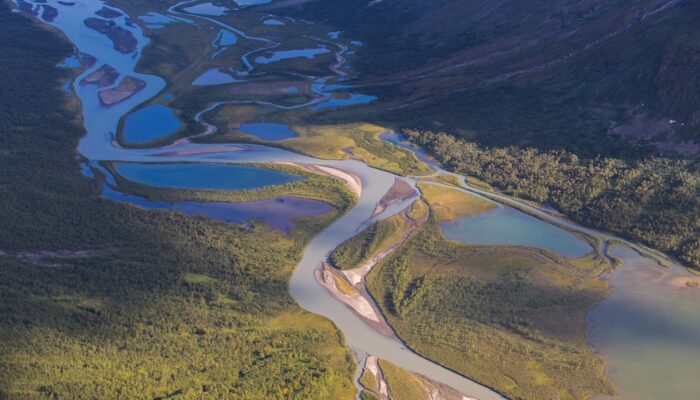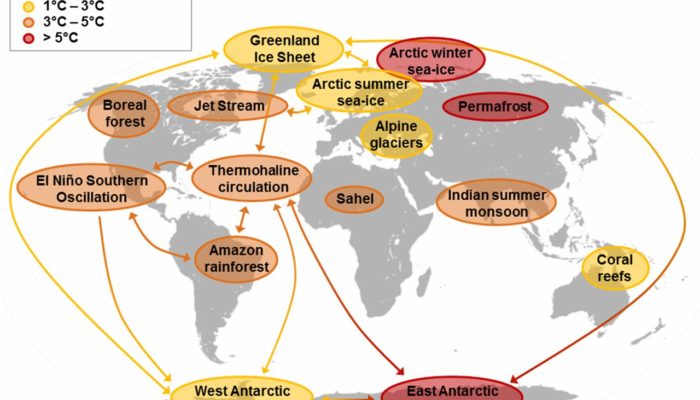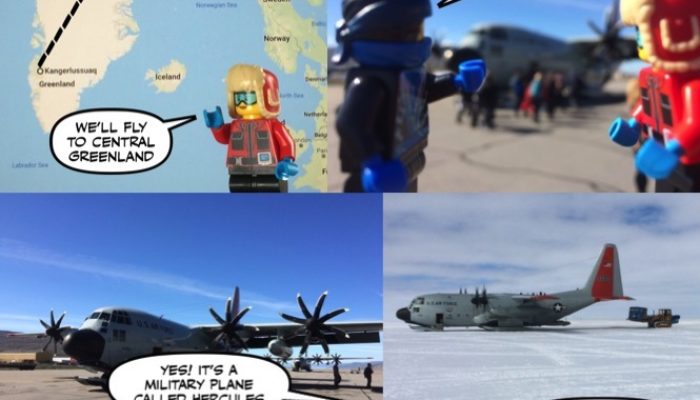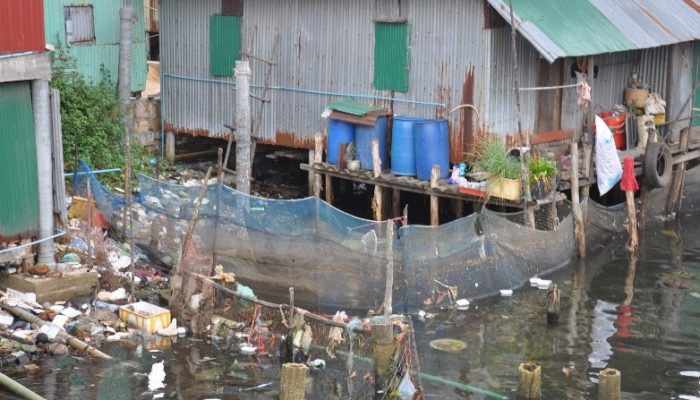Every week, The Sassy Scientist answers a question on geodynamics, related topics, academic life, the universe or anything in between with a healthy dose of sarcasm. Do you have a question for The Sassy Scientist? Submit your question here or leave a comment below. After a distraught period (of more than a decade!) since the news first came out that Pluto was not considered a true planet anymore, ...[Read More]
Atmospheric Sciences
A brighter future for the Arctic
This is a follow-up from a previous publication. Recently, a new analysis of the impact of Black Carbon in the Arctic was conducted within a European Union Action. “Difficulty in evaluating, or even discerning, a particular landscape is related to the distance a culture has traveled from its own ancestral landscape. As temperate-zone people, we have long been ill-disposed toward deserts and ...[Read More]
Hydrological Sciences
YHS interview Martyn P. Clark: “rainfall-runoff modelling, per se, is dead”
In its “Hallway Conversations” series, the Young Hydrologic Society has recently published an interview with Martyn P. Clark, who is currently professor and the Associate Director of Centre for Hydrology and Canmore Coldwater Lab, at the University of Saskatchewan, Canada. The interview was conducted by Sina Khatami, a PhD student at the University of Melbourne. With their agreement, we reproduce ...[Read More]
GeoLog
Imaggeo on Mondays: A lifeline between light and shadow
The Rapaälven making its way through the Rapadalen valley in Northern Sweden. After over a week of hiking through pure wilderness I reached the summit of Skierffe together with three friends. We were just blown away by the view and completely in awe for the beautiful shape of the rivers course… little lakes in between river channels of different sizes as well as dense vegetation forming a ha ...[Read More]
Nonlinear Processes in Geosciences
Abrupt Warming could bring our planet a “Hothouse Earth” with catastrophic consequences for our economy and society
Most of us have enjoyed swings in childhood. Some have even tried to swing faster and make a full 360 degrees’ loop. Those who succeeded had a very strange feeling of not being able to predict whether, increasing the energy of the swing, the transition from normal oscillations and 360 loops would happen. Indeed, there is an energy threshold such that the swing goes from oscillations to full loops ...[Read More]
GeoLog
Cities of the future
Over half the world’s population lives in cities. Many a metropolis rises high above carpets of concrete and tarmac, vibrant, bustling, and prosperous. But this urban environment comes with many a problem. From poor air quality to hazardous temperatures, there are several dangers present in urban environments. Scientists speaking at the European Geosciences Union General Assembly in Vienna earlier ...[Read More]
Cryospheric Sciences
Cryo-adventures – Life and science at a central Greenland ice core drilling camp
How do you get there? Where will you sleep? What work will you do there?These are just a few of the many questions I got from family and friends when I told them that I would join the EastGRIP ice core project this summer. As a paleo climate and ice sheet modeller, I could only repeat the abstract information given to me, very conscious that I actually had no idea how it would be to live and work ...[Read More]
Geodynamics
The Sassy Scientist – Science Sweethearts II
Every week, The Sassy Scientist answers a question on geodynamics, related topics, academic life, the universe or anything in between with a healthy dose of sarcasm. Do you have a question for The Sassy Scientist? Submit your question here. Apollo and Artemis ask: What is your opinion on workplace romances? Following up on last week’s post, I’ll answer Apollo this time ‘round. Dear Apollo, There o ...[Read More]
WaterUnderground
Shedding light on the invisible: addressing potential groundwater contamination by plastic microfibers
Post by Viviana Re, researcher at the University of Pisa in Italy. You can follow Viviana on Twitter at @biralnas. Until recently, the topic of plastic pollution was relatively unknown to the general public, although the problem was already under everyone’s very eyes. Indeed, plastic pollution has become one of the most debated issues over the last few years, in some cases even overshadowing ...[Read More]
Geochemistry, Mineralogy, Petrology & Volcanology
How do crystal aggregates form in magma chambers?
By Penny Wieser (PhD student at the University of Cambridge) Clues into the inner workings of volcanoes can be gleamed from material which is erupted at the surface, or that which solidified at depth in the crust. Just before eruption, three main phases are present: a gas phase (containing water, carbon dioxide, sulphur, chlorine etc), a liquid melt phase (the magma), and a solid phase (consisting ...[Read More]









